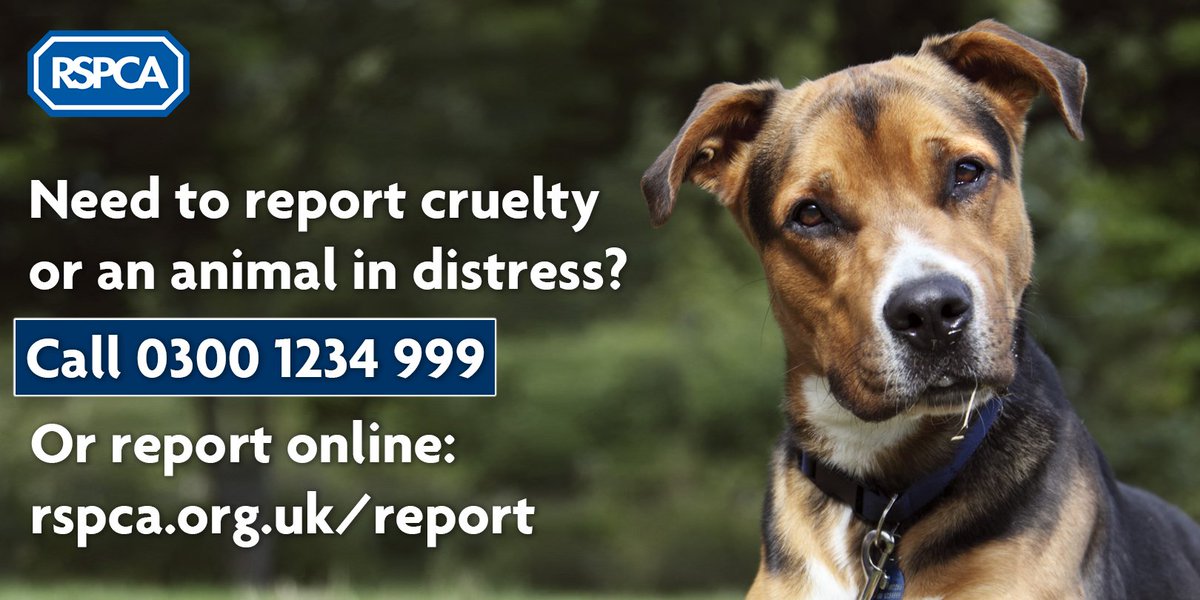In the digital age, where information flows freely and social media platforms create a global village, the presence of animal cruelty online raises an urgent and perplexing question: How do we effectively report these abhorrences? The allure of the internet has exponentially increased the visibility of both animal welfare issues and, unfortunately, instances of severe mistreatment. This duality necessitates an informed and vigilant approach to combatting animal cruelty in our interconnected world.
As an initial step, it is crucial to understand what constitutes animal cruelty, particularly in the context of online content. Animal cruelty encompasses a wide spectrum of actions, from neglect and abandonment to more blatant acts of violence. Social media may showcase disturbing images or videos that warrant concern, but engaging with such content demands a nuanced perspective. Not every graphic image depicts cruelty; some may merely highlight rescue efforts or educational campaigns. Thus, it is imperative to discern genuine cruelty from sensationalized media created to garner attention.
Once one has identified a genuine case of animal cruelty, the next steps involve a strategic response. First, one must gather tangible evidence. Screen capturing distressing content is essential to document the incident and preserve the details for reporting authorities. Ensuring the time, date, and context of the post are included can bolster the case when it is presented to relevant organizations. The emotional weight of witnessing animal suffering can compel an immediate reaction, but a careful and measured approach underpins effective advocacy.
When reporting animal cruelty on social media platforms, understanding the different procedures across various networks is imperative. Each platform has unique reporting mechanisms designed to address issues of abuse. For instance, Facebook, Twitter, and Instagram all harbor their own protocols for flagging harmful content. Typically, users can access the reporting options by selecting a drop-down menu on the offending post. It is paramount to select the category that best fits the situation—many platforms include specific options for animal abuse or cruelty.
Beyond merely reporting on social media, it is essential to extend the reach of the message. Contacting local animal welfare organizations or law enforcement agencies ensures that the report is not only flagged within the platform but also escalated to those with the authority to intervene. Many municipalities have laws designed to protect animals, and relevant agencies are often tasked with investigating claims of cruelty. Providing them with the captured evidence and any additional context will aid in expediting their response.
Furthermore, increasing awareness through dialogue can amplify the call for action. Sharing the report across various social media channels encourages others to engage in advocacy. A collective awareness fosters a community dedicated to animal rights and the universal rejection of cruelty. Consider crafting a compelling post that educates your audience about the signs of animal abuse and illustrates the importance of immediate reporting. Utilize hashtags that are relevant to animal protection to reach a wider audience.
While the preliminary process of reporting is critical, understanding the broader implications of addressing animal cruelty online merits elucidation. There exists a significant ethical responsibility encased in the act of sharing such distressing content. As advocates, we must weigh the potential impact of disseminating graphic images. Will it galvanize others into action or merely invoke despair? Striking a balance between invoking critical consciousness and re-traumatizing viewers is an art that requires thoughtful consideration.
The narrative surrounding animal welfare is shifting, propelled by the relentless efforts of advocates everywhere. Social media has become a tightrope on which the awareness of animal cruelty is balanced against the potential for exploitation of imagery. Engaging with these posts is a call to action to transform lamentation into tangible change. This juxtaposition demands that we not only report abhorrent content but also cultivate a culture of empathy and proactive advocacy.
Moreover, the educational aspect cannot be overlooked. Sharing the consequences of animal cruelty and the laws that protect our furry companions can predispose audiences to be more observant and proactive. Offering resources, such as links to help hotlines or information about local shelters, empowers individuals to take a stand. Knowledge is a powerful tool, transforming passive viewers into engaged advocates capable of enacting real change.
In conclusion, the capacity to report animal cruelty observed online hinges on a multifaceted approach. From discerning legitimate abuse to leveraging social media dynamics for greater awareness, every action counts. When faced with troubling content, it is imperative to equip oneself with an analytical mindset—one that prioritizes evidence, ethical sharing, and community engagement. The revolution against animal cruelty begins not just with lamentation for the suffering but with a resolute commitment to reporting and advocating for those who cannot speak for themselves. Through concerted efforts, voices can rise, and the digital arena can serve as a powerful platform for reform and compassion.






